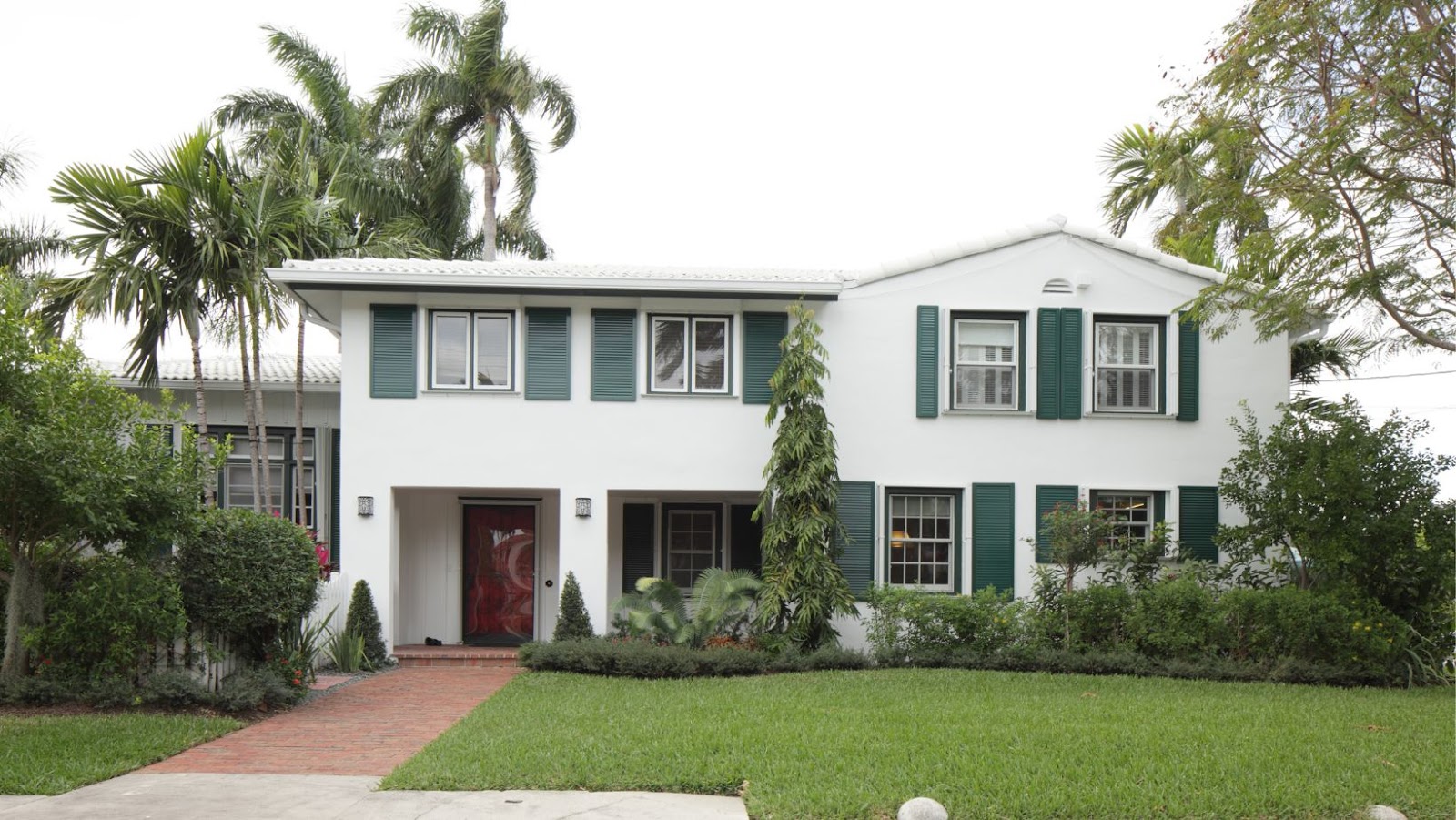
How many people can live in a single family home
The number of people living in a single family home can have a significant impact on the global economy. Factors such as the size of the dwelling, location, income level, and other demographic characteristics play an important role in determining the economic output from a family or household. As housing markets become increasingly competitive and more costly to enter, scrutiny is turning to how many people can actually live together in a single family home and what implications this may have on economic forces.
This paper will explore how these dynamics can influence economic output by examining:
- Housing capacity at different income levels
- Location-based dynamics
- Population density implications
- Demographic trends in occupancy patterns
By delving into these topics we will gain greater clarity with respect to how the number of people allowed in a single family home contributes to (and detracts from) overall economic growth.
The Economic Impact of Single Family Home Occupancy
There has been an increasing trend of larger households in the United States, and the number of people living in a single family home has an effect on the economy. Factors such as housing costs, neighborhood stability, and job availability are all affected by the number of people living in a single family home.
Let us take a closer look at what the economic impact of single family home occupancy is:
Impact on Housing Market
The impact of the number of people living in a single family home on the economy and housing market is far-reaching. The number of people living in a single family home can affect prices greatly, as demand for housing is largely determined by the size of households. When household sizes increase, so too does demand for larger homes which can inflate prices.
This has a knock-on effect, particularly when it comes to rent. Rents are generally set based on supply and demand in similar fashion to an apartment rental market: higher demand leads to increased rents. When household sizes increase, so too does competition to fill available properties, leading to higher rents or longer time periods before properties are filled.
The effect on incomes is also considerable—larger households receive more income than smaller ones due to economies of scale and because job opportunities often necessitate multiple incomes for households attempting to make ends meet. Higher incomes mean more money circulating within the local economy and more resources being directly reinvested into community activities that benefit both residents and businesses alike.
Furthermore, from an economic standpoint additional occupants also translate into increased utilities consumption with corresponding economic activity required to meet those needs driving further local development—today’s infrastructure investments must keep pace with population growth both now and well into the future.
Ultimately, how many people live in a single family home plays an important role in determining local economic stability now and for generations down the line.
Impact on Labor Market
The number of people living in a single family home has significant impacts on the labor market and overall economy. A greater number of people living in a single home can increase demand for goods and services as well as labor by increasing household spending, creating job opportunities and contributing to economic growth.
Living arrangement size affects the labor market both directly and indirectly, including through the impacts on poverty and education levels. Large households often consume more than small households, which can create job opportunities for activities such as manufacturing, construction, retail trade and finance that are not limited to those employed within the home. Having more occupants within a dwelling may also encourage further investment in local business as entrepreneurs recognize increased demand from larger populations in neighborhoods.
In addition, large households are associated with reductions in poverty rates because more people are able to contribute to household income by working. Schools also benefit from larger family occupancy when parents spend more money supporting their children’s education.
Larger families may result in extended periods of unemployment because having more people staying at home creates competition for jobs outside the home among the members who do go out seeking employment. This can lead to underemployment or prolonged unemployment leading to lower wage or salary incomes over time while participation rates remain low due to difficulty finding work that matches personnel qualifications or skill sets.
Impact on GDP
The number of people living in a single family home has multiple economic impacts. These impacts are reflected in the nation’s gross domestic product (GDP).
When more people are living in a household, spending increases because there is more money available for consumer purchases. This means that the nation’s total output of goods and services increases – resulting in an increased GDP.
On the other hand, when fewer people live in a household, spending decreases and the total output of goods and services declines – resulting in a reduced GDP. This is because with fewer residents, there is less demand for items such as food, clothing, transportation, and housing.
The impact on GDP can also be felt through the affects on credit markets. An increase or decrease in single family occupancy affects credit markets through changes to mortgage rates and other borrowing costs. A higher occupancy rate can increase access to funds while lower occupancy can reduce it as banks become less willing to make loans when there are few occupants in a home to take on debt service payments.
Finally, single family home occupancy also affects job growth and unemployment rates due to its impact on housing construction activity. As population growth drives demand for new housing units or renovations of existing units it stimulates new construction jobs that employ many workers including:
- Architects
- Engineers
- Tradespeople such as carpenters and electricians
- Real estate professionals such as brokers or agents
- Manufacturers of building materials such as lumber companies or steel mills
When fewer people occupy a single family home then housing construction activity slows down which reduces jobs for these workers which adds additional downward pressure on GDP through its effect on labor costs.
Factors Influencing the Number of People Living in a Single Family Home
When deciding how many people can live in a single family home, there are many factors to consider. These factors can include financial affordability, societal norms, and local building regulations. Understanding the impact of these factors can help to inform policies which shape the economy and impact the lives of those living in a single family home.
This article examines these factors and their impact on both individuals and the economy as a whole:
Size of Home
The size of the home will significantly determine how many people can comfortably live in it. Homes with smaller floor plans may accommodate fewer people than homes with larger floor plans. The size of a single family home is typically measured in square footage and as a general guideline:
- A 1,500 square foot home will be suitable for up to four people
- A 2,000 square foot home will be suitable for up to six people
- A 3,000 square foot home will be suitable for up to eight people
It can be difficult to determine the exact amount of space needed per person due to numerous additional factors such as the number of bedroom and bathroom facilities in the house. Additionally, this number may differ depending on the individuals living together and their lifestyle choices.
Local Regulations
The number of people living in a single family home will largely be influenced by local regulations. Many states, cities and counties have laws that limit the number of unrelated individuals living under one roof, otherwise known as occupancy laws. While laws vary based on region, generally speaking, there is a maximum of three to six unrelated individuals who can live together without running afoul of regulations.
In addition to these regulations, local zoning ordinances may put restrictions on the overall number of inhabitants that can reside in a particular type or size property. Some townships may rely on land-use policies which limit the density of housing facilities and specify how many people can live in each building.
Finally, certain types of homes or municipalities may require inspections before more occupants beyond stated policy limits are allowed to move in. This can involve making sure that the home has sufficient sleeping spaces for each individual, among other requirements for safety and comfort.
Cost of Living
One of the most significant factors influencing the number of people living in a single family home is the cost of living. In areas where living expenses are high, such as major metropolitan cities with large populations, fewer people are likely to be able to afford the rent or mortgage necessary to maintain a single family home and will therefore opt for multi-family homes or rental units. Conversely, those who live in rural or suburban areas with lower costs of living may be able to support more people under one roof due to more affordable housing options.
In addition, larger families will typically benefit from economies of scale in order to decrease the overall cost per person of maintaining a household budget. Other financial considerations such as employment opportunities and wage levels should also be taken into account when determining how many people can live in a single family home because these variables have an impact on total disposable income for any given household.
Conclusion
In conclusion, the number of people living in a single family home can have a significant impact on the economy. Due to their capacity to provide more housing units, single-family homes offer a greater potential for economic growth than apartments or multi-family homes. Housing prices and rental rates depend largely on supply and demand which is affected by population growth, job availability, and other factors contributing to economic stability.
The number of people living in a single family home has an effect on local businesses such as grocery stores and service providers as well as employers. Ultimately, when more people live together in one home it can be beneficial to the entire economy by:
- Creating jobs
- Stimulating markets
- Providing housing options
- Increasing spending power







